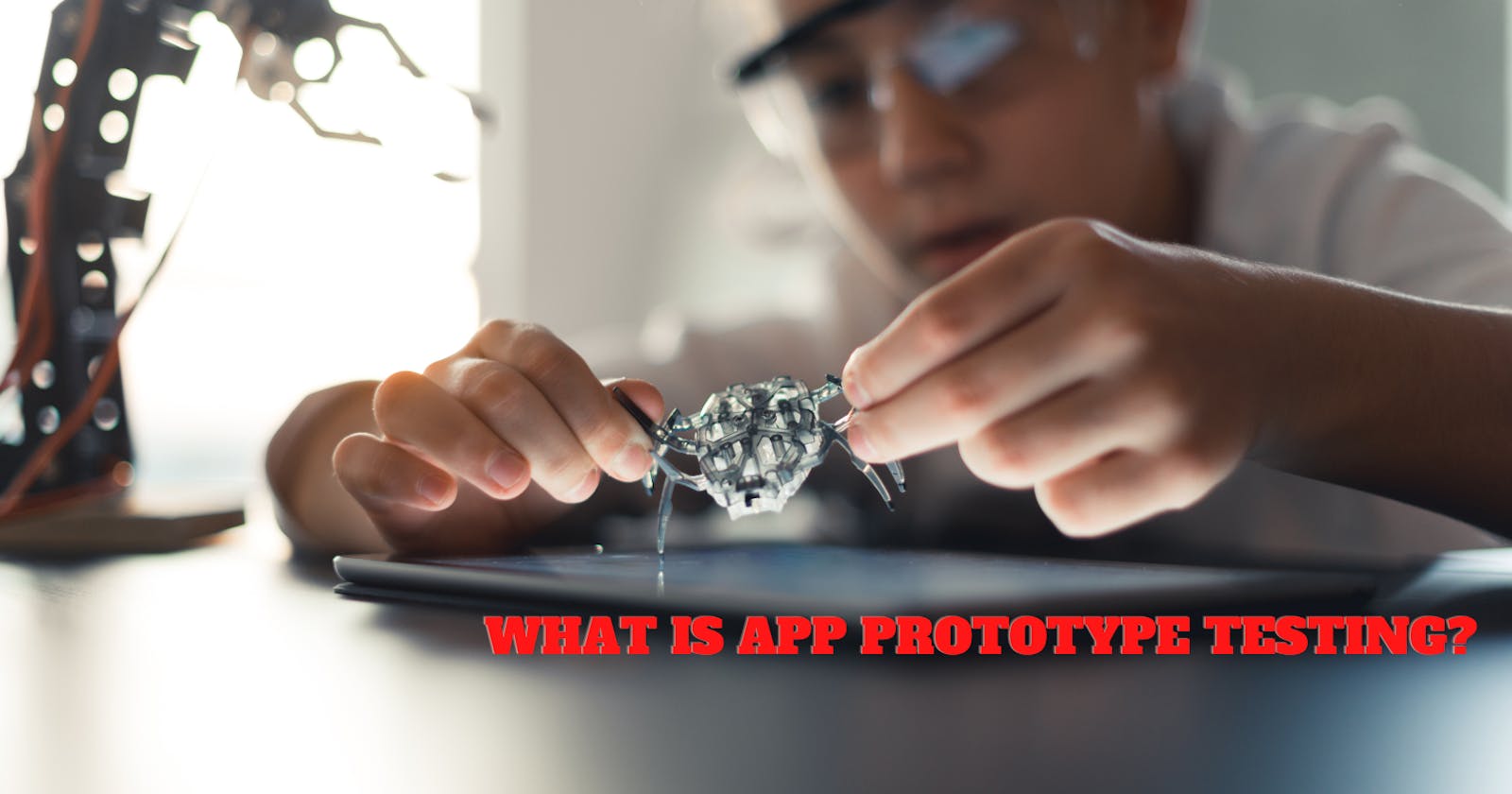It’s a basic protocol followed by every organization to build a prototype before creating the actual product to check for design errors. This is followed by app development companies too; an app prototype is created to check for the correctness of the design before sending it to the production phase. Protypes are defined as strategic models that reflect the design based on customer expectation, whether the visual appeal is good, and the app performs as expected. Testing of the app prototype is important to identify any challenge that may arise during the production phase.
Prototype testing is often neglected considering the elaborate testing process that will be implemented during the production phase. This is not the right approach to test; in order to avoid major consequences during production, the prototypes should be tested to identify any error even before starting production. This approach streamlines the testing process and contributes to creating high-quality apps.
Considerations while performing prototype testing
App prototypes provide developers with a first visual of how their app would look in the physical form. It is not just a physical representation, but a working model too. Hence, the working of the app should be tested to check for any possibility of error that might have been unknown during the theoretical phase and may occur while letting the app work practically in the real environment. Hence, testing will help to discover the errors and prevent them from occurring in the software development lifecycle. This approach will help mitigate process risk, business risk, and reduce time, cost, and effort considerably.
Here are a few considerations to make while performing prototype testing:
User testing in prototyping: User testing is often implemented after the development is complete, just before the release. However, this is a wrong approach. User testing should be implemented as early as the prototyping phase to check for user experience and change the design, functionalities, or features, if it is not aligning with the user preference. Hence, user experience is a critical parameter that should be implemented right from the app prototyping stage.
Test automation tool selection: Selecting the right tool is an important consideration to make. There are a diverse range of options available today, not all of them will help to align with your business requirements. Thorough research will help which tool will suit you, if the tool is for QA or DevOps teams, does it support integration of CI/ CD pipeline, does it have all the features you are looking for, does it fit in the budget, and so on. Choose the tool that will suffice all the requirements you are looking for.
Company’s ideologies to be considered while performing user testing: Companies usually hire people to perform usability testing. However, somethings wrong people are hired who cannot relate to the company’s principles and ideologies. Hence, it is important to hire the right people who can understand the company’s vision and test the app accordingly.
Why prototype testing?
Testing at the prototyping stage may not be agreed upon by many; however, this opinion has to be changed and awareness should be created as to how necessary prototype testing is. Testing the prototype will give an overview of the challenges that will be faced during production, business and operation risks involved, possible errors that might occur, the skills that may be required, testing budget, and so on.
Here are some of the benefits of implementing prototype testing:
Process improvement: Prototyping involves planning, research, brainstorming, and streamlining the process. The entire process of strategizing uncovers possible challenges and gives scope to improve the process.
Reduced cost: Budget constraint is a major challenge that should be addressed by the companies. As prototyping gives an idea of what the requirement will be and allow teams to plan the activities to fit the budget, it reduces the overall cost of the project.
Improved user experience: User experience is a critical parameter as it will determine the users’ level of satisfaction with the application. Prototype testing will highlight the challenges that the users may face, giving scope to fix them later in the development. Prototyping gives a deeper understanding of the user experience and helps to improve it for offering a seamless experience.
Conclusion
Incorporating mobile app prototype testing is an important step you cannot afford to miss. It sheds light on the possible challenges you’ll encounter while developing the application and prepares you to mitigate those risks. It further reduces the cost of production as the major errors have been already identified in prototyping and the development and release are cautiously being conducted based on the data from prototype testing. In short, including testing at app prototyping will help create high-quality apps while reducing the overall cost of the project.

